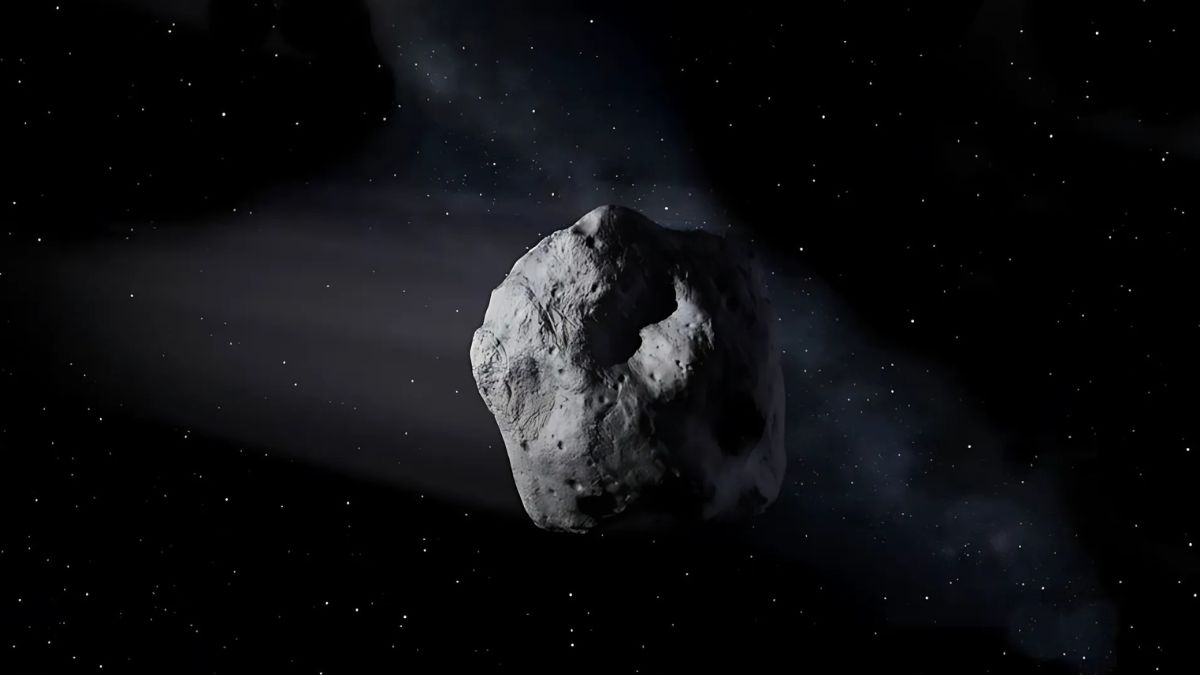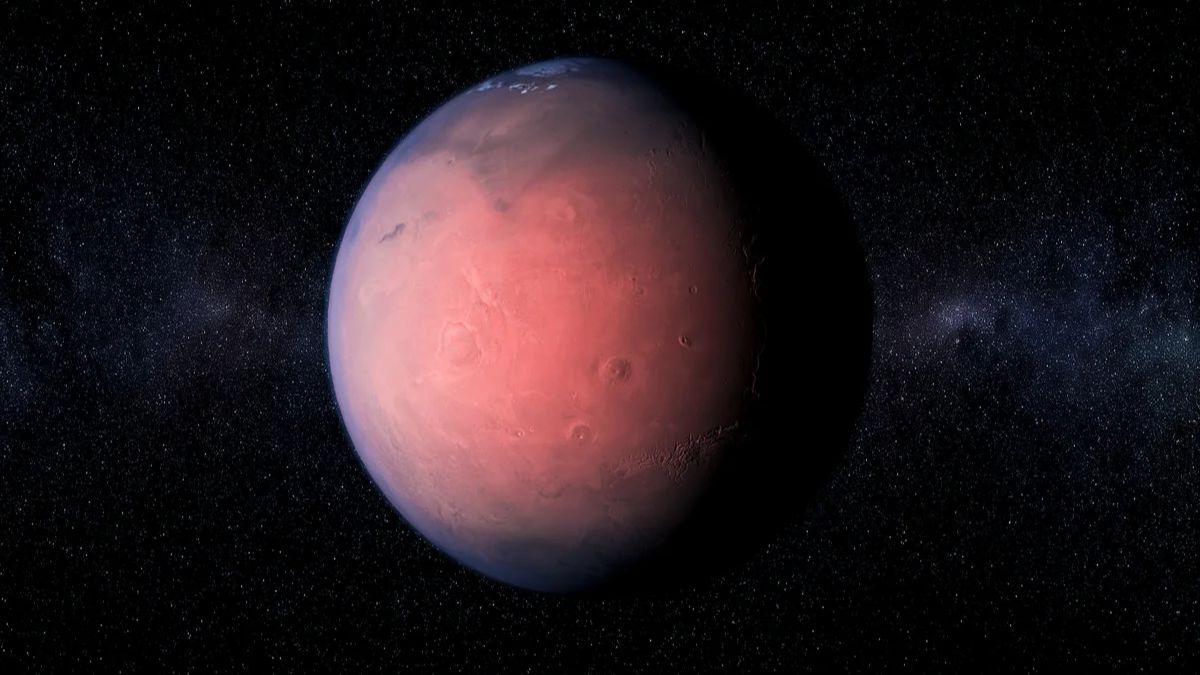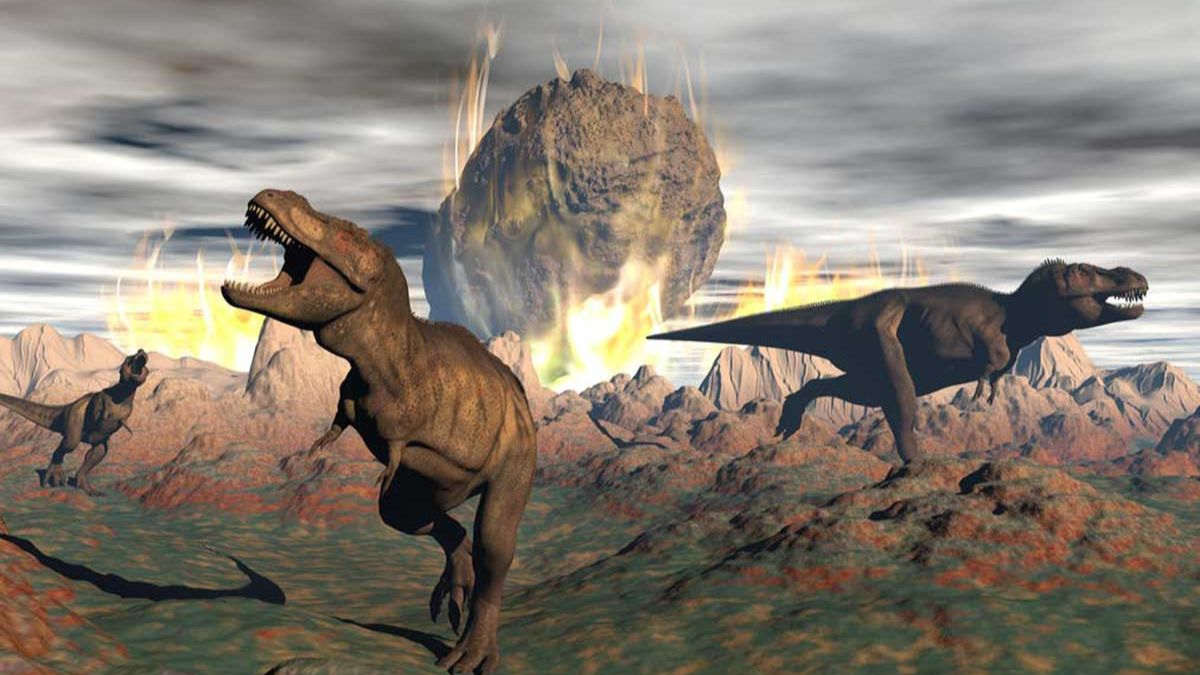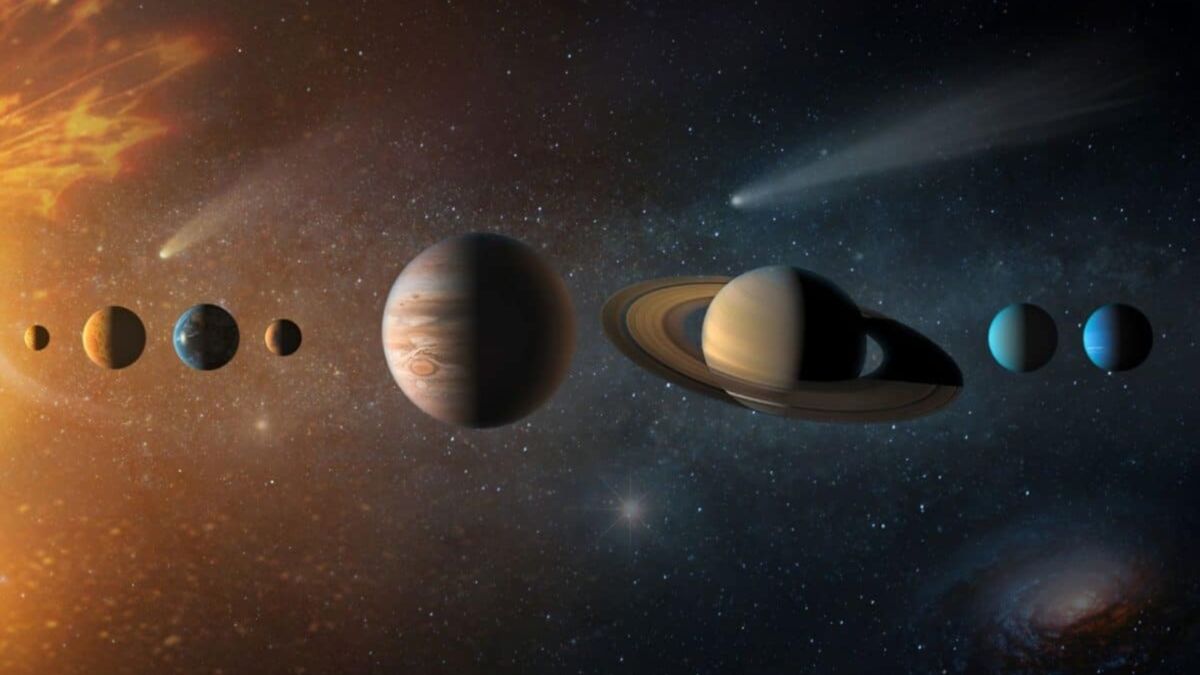NASA has just confirmed something big—and it’s not from around here. For months, astronomers have been tracking an object flying through space at a jaw-dropping speed of 245,000 km/h, and here’s the catch: it’s not part of our solar system. Meet A11pl3Z, an unidentified interstellar object now cruising through our celestial neighborhood, and it’s got scientists buzzing with curiosity.
It’s not a comet. It’s not an asteroid. And it’s definitely not something we’ve seen before.
Object
So, what exactly is A11pl3Z?
Well, we don’t fully know yet. What we do know is this:
- It’s somewhere between 10 and 20 kilometers wide, making it one of the largest interstellar objects ever detected.
- It’s not a threat to Earth.
- And it’s moving incredibly fast, on a trajectory that confirms it came from outside the solar system.
This object will be passing through our solar system during October, giving scientists a once-in-a-lifetime chance to study something formed in another star system.
Interstellar
What makes A11pl3Z “interstellar”?
The key is its hyperbolic trajectory. Most objects in the solar system orbit the Sun in closed loops — circles or ellipses. But A11pl3Z is different. It’s on an open, one-time path. That means it came from beyond the Sun’s gravitational influence and won’t be sticking around.
In other words, it’s just passing through.
What’s more fascinating is how strange its behavior is. It doesn’t:
- Glow like a comet with a bright, icy tail.
- Reflect light like a metallic or rocky asteroid.
So what is it? Scientists are throwing around ideas — maybe it’s an extinct comet that’s lost its ice, or a dark asteroid coated in organic compounds. Or maybe it’s something totally new.
Risk
Let’s get this out of the way: there’s no risk to Earth.
A11pl3Z’s trajectory will keep it at a safe distance from us. There’s no need to talk planetary defense. This is purely about scientific discovery — and excitement.
Even better? It’ll be visible from both the Northern and Southern Hemispheres, giving observers across the world a chance to catch a glimpse.
Telescopes
A massive observation effort is already in motion.
Top observatories around the world are preparing to track A11pl3Z using:
- Large-aperture ground-based telescopes
- Space-based instruments, especially those focused on infrared
Why infrared? Because it helps detect heat signatures, chemical composition, and even trace gases like CO and CO₂.
Scientists will also study its:
- Light curve (to understand its shape and spin)
- Brightness variations
- Spectral signatures, which reveal its ingredients
Similar
This isn’t the first time we’ve had an interstellar visitor.
- In 2017, we saw ʻOumuamua, a strange, cigar-shaped object that showed no signs of a comet tail.
- Then in 2019, there was 2I/Borisov, which looked and acted more like a typical comet — but it, too, came from another star system.
A11pl3Z could be just as unique—or even weirder.
Life
Does it carry signs of life?
Not life as we know it. But possibly organic chemistry — the kind that forms the building blocks of life. These complex molecules may offer clues about what’s happening in other solar systems, how planets form, and what ingredients might be floating around the galaxy.
In simple terms: no aliens, but plenty of mystery.
Study
How do scientists study it?
- First, they watch how the object’s brightness changes over time, which helps determine its shape and rotation.
- Then, they analyze the light spectrum it reflects. This is like splitting light into a rainbow to look for chemical fingerprints.
- If A11pl3Z releases gas (forming a coma), scientists can figure out what’s beneath the surface.
- If not, they focus on estimating its true size, reflectivity, and origin.
It’s a slow and detailed process — requiring a lot of patience, precision, and powerful instruments.
Meaning
What does this mean for us?
It’s not about danger. It’s about discovery.
A11pl3Z gives scientists a rare chance to study an object formed around another star, billions of kilometers away. These kinds of visits are incredibly rare, and each one gives us new data about parts of the universe we’ll never reach.
In the coming months:
- Open data will be released.
- Observers (even amateurs) will be able to contribute.
- And new findings will be shared through preprints and peer-reviewed studies.
It’s not just a big deal for NASA — it’s an invitation for the entire astronomy community to join in. Whether you’re a professional with a mega telescope or a backyard stargazer, this is your chance to witness something truly alien.
FAQs
What is A11pl3Z?
A large, fast interstellar object passing through our system.
Is A11pl3Z dangerous to Earth?
No, it’s staying at a safe distance.
How fast is A11pl3Z moving?
About 245,000 kilometers per hour.
Can I see A11pl3Z from Earth?
Yes, from both hemispheres with telescopes.
Why is A11pl3Z important?
It offers a rare look at material from another solar system.




















